Within the fascinating journey of the Mayan Train, lies a little-known yet immensely valuable treasure: the Catvis. These Visitor Care Centers not only transform the tourist experience at iconic archaeological sites like Chichén Itzá, Uxmal, and Ek’ Balam but also are weaving a prosperous future for local communities along the route.
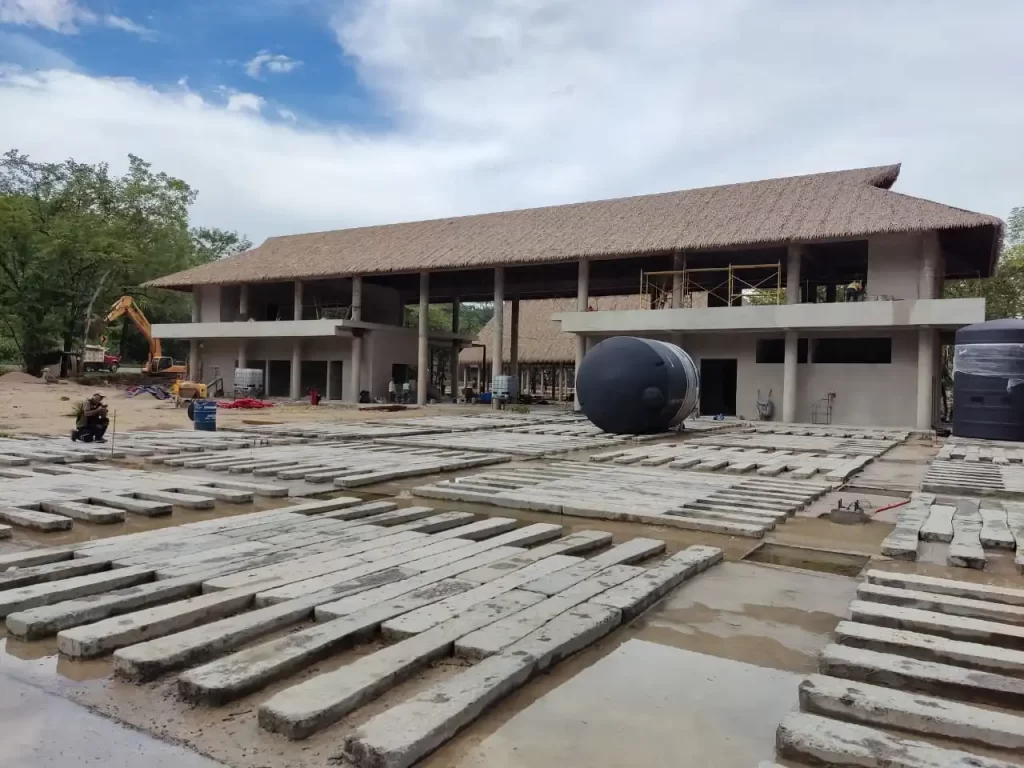
The core purpose of these spaces, overseen by the INAH (National Institute of Anthropology and History), extends beyond mere meeting points for visitors. They serve as engines for sustainable development. How? By enabling artisans, merchants, and members of nearby communities to offer their services, thus improving their income and creating opportunities for their families’ growth.
But the positive impact doesn’t stop there. Catvis are poised to become pivotal hubs for local progress, acting as catalysts for community development.
What’s truly inspiring is that this drive doesn’t compromise sustainability. A prime example is the Visitor Care Center in Palenque, Chiapas. This space isn’t just for receiving tourists; it’s a model of sustainability with solar panels, water treatment systems, and safe passages for local fauna.
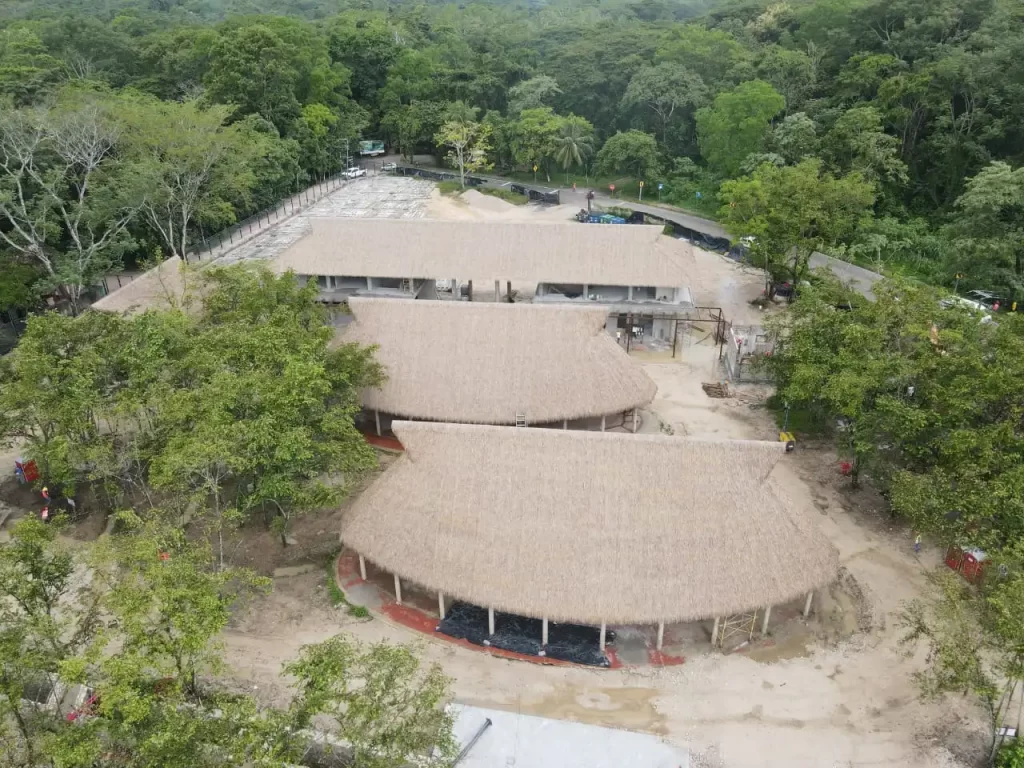
The Mayan Train isn’t merely a mode of transportation or a link between destinations. It’s a commitment to cultural preservation and local progress. It’s not just about constructing infrastructure; it’s about crafting a vibrant future for the Maya communities in Mexico.
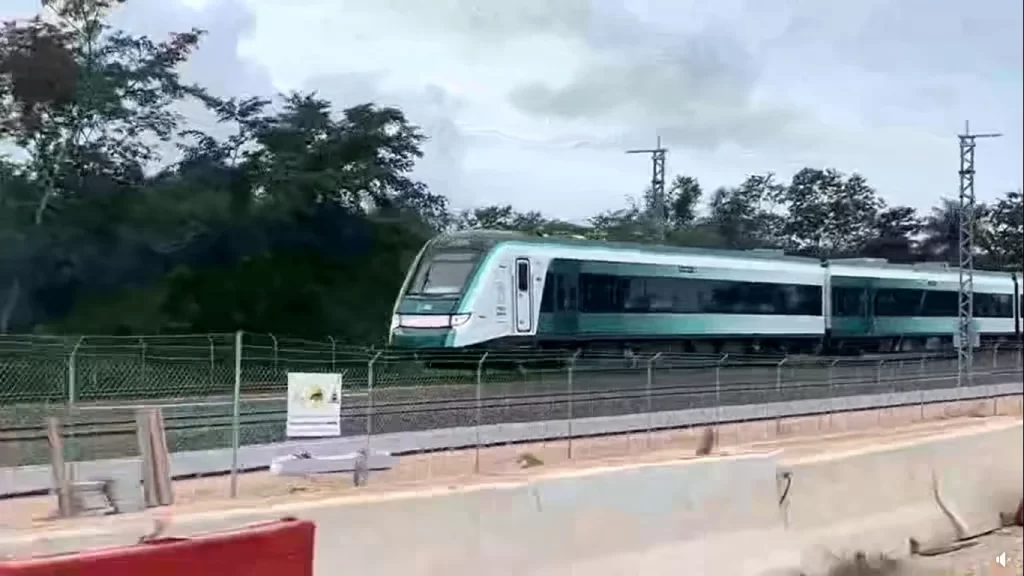
Join this journey beyond the train tracks and discover how a railway can pave the way for inclusive and environmentally respectful development. Immerse yourself in the experience of the Mayan Train route, where each station is more than just a starting or ending point, it’s an opportunity for the flourishing of cultures and individuals.

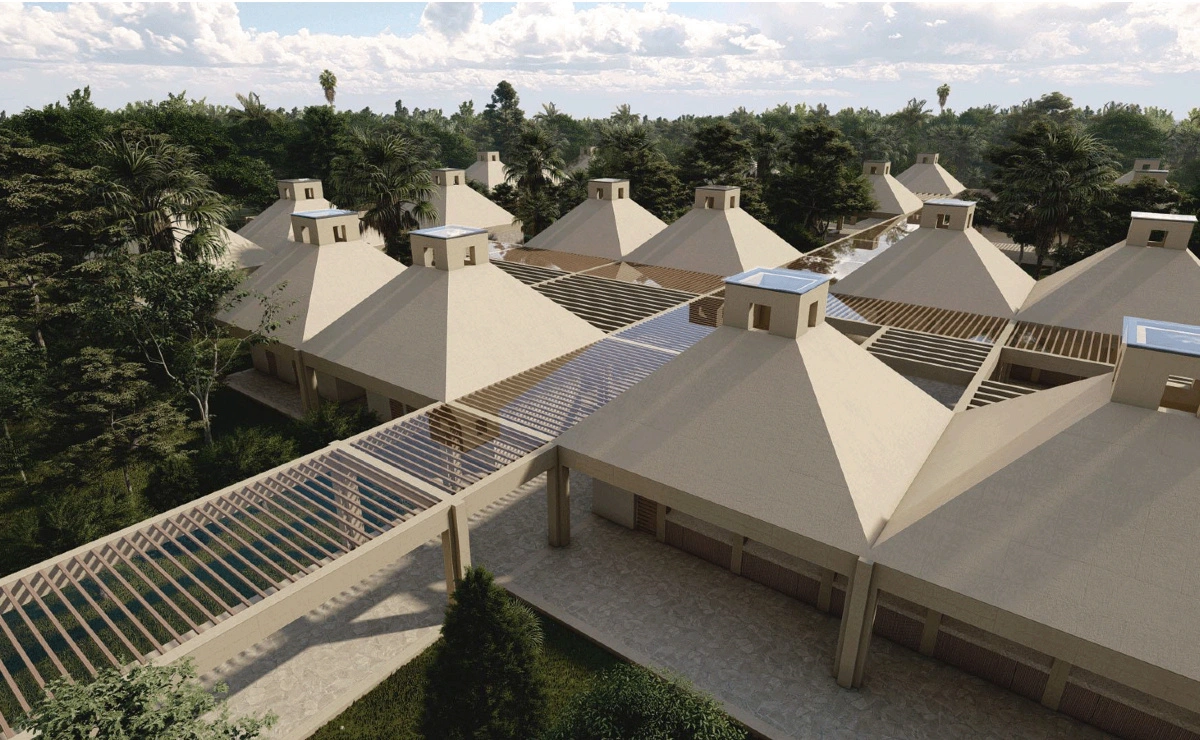
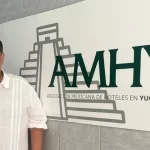
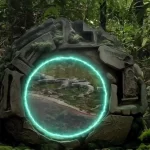
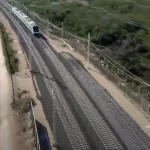
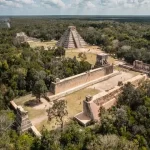

Leave a Reply